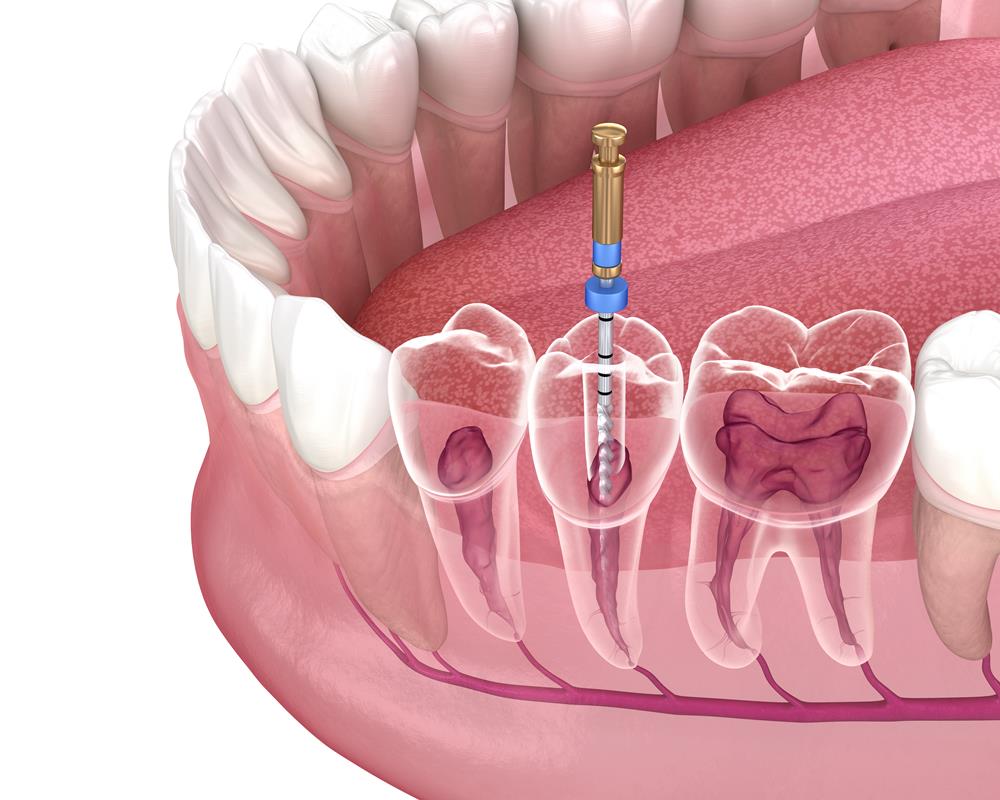
Endodontics is the branch of dentistry focused on treating issues related to the nerves and inner tissues of the teeth. The most well-known endodontic procedure is the root canal, often misunderstood but highly effective in relieving pain and saving infected teeth.
Book OnlineWhy a Root Canal Is Needed
When the nerve inside a tooth becomes infected—usually due to deep decay, trauma, or a cracked tooth—the infection can spread, causing pain, swelling, and in severe cases, a dental abscess. An abscess is a serious condition that can lead to bone loss in the jaw if left untreated.
A root canal removes the infected tissue, cleans and disinfects the inner canal, and prevents further infection—ultimately saving the tooth from extraction.
What to Expect During the Procedure
The procedure begins with a local anesthetic to completely numb the area around the affected tooth. Once you’re comfortable, your dentist will:
- Create a small opening in the tooth.
- Remove the infected pulp and thoroughly clean the root canals.
- Fill the canals with a rubber-like material called gutta-percha to seal the space and prevent future infection.
In most cases, it’s highly recommended to place a dental crown on the treated tooth after the root canal. This strengthens the tooth and restores its appearance and function.
Is a Root Canal Painful?
Despite its reputation, a root canal is not the painful procedure it once was. Thanks to modern anesthesia and advanced techniques, most patients experience minimal to no discomfort during treatment. Any post-procedure soreness is typically mild and manageable with over-the-counter pain relievers, though your dentist may prescribe medication if needed.
Best of all, a root canal eliminates the pain caused by the infection—restoring your ability to eat, drink, and smile comfortably again.
If you’re experiencing tooth pain or sensitivity to heat, cold, or pressure, schedule an appointment with your dentist to determine if a root canal might be the solution.
